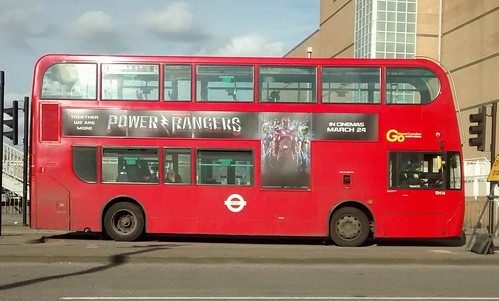Then, cells were washed with ice-cold PBS and lysed in RIPA buffer. Following sonication (three occasions), mobile lysates had been centrifuged and the supernatant digested with RNase I (.167 U/ml, lower RNase or 6.sixty seven U/ml, high-RNase) for three minutes at 37. Immunoprecipitation of RNA-protein complexes was performed pursuing a comparable protocol to the one performed for RNA immunoprecipitation (described over). Protein G dynabeads have been coupled with two g of antibody against HuR. Following washing the beads with RIPA buffer, the cell extracts had been included. Immunoprecipitation was executed overnight at 4. Cell extracts from HuR KO B cells were employed as a damaging handle. Then, beads were washed twice with a high-salt buffer (50 mM Tris-HCl pH 7.four, one M NaCl, 1 mM EDTA, 1% NP-forty, .one% SDS and .5% sodium deoxycholate) and once with PNK washing buffer (20 mM Tris-HCl pH seven.4, ten mM MgCl2, .two% Tween-20). 1/ten of the RNAprotein complexes had been labelled with 32P-ATP, whereas an RNA Linker was ligated to the relaxation of the sample after RNA dephosphorylation. Samples had been then loaded in 10% SDS-Page gels and transferred to nitrocellulose membranes and RNA-protein complexes ended up visualised by autoradiography. RNA was isolated from the nitrocellulose membrane by incubating the fragment with ten l of proteinase K (Roche, 03115828001) in 200 l of PK buffer (one hundred mM This-Cl pH seven.5, fifty mM NaCl and 10 mM  EDTA). Soon after 10 minutes at 37, 200 l of PK buffer containing 7 M urea was included. Protein digestion was carried out for extra 20 minutes at 37C. Reverse transcription to cDNA was done utilizing RCLIP primers and SuperScript III reverse transcriptase (Existence Tech). cDNA was purified right after working the sample in a six% TBE-urea gel. Then, cDNA was extracted from the gel, circularised and amplified by PCR using Solexa P5/P7 primers. RCLIP primers are designed to incorporate a nucleotide bar code with 3 acknowledged bases and four random nucleotides in the fifty finish of the cDNA 548472-68-0 molecule (named the 50 barcode). The RNA linker introduces two identified bases (AT) to the thirty end. This authorized us to multiplex samples for Illumina sequencing, to determine duplicated PCR reads and to quantify distinctive study counts mapped to the exact same genomic place. cDNA 18204824libraries were sequenced employing Illumina GAIIX (40 bases and one read). 4 samples had been multiplexed per lane. cDNA libraries from 3 independent experiments have been ready and analysed.
EDTA). Soon after 10 minutes at 37, 200 l of PK buffer containing 7 M urea was included. Protein digestion was carried out for extra 20 minutes at 37C. Reverse transcription to cDNA was done utilizing RCLIP primers and SuperScript III reverse transcriptase (Existence Tech). cDNA was purified right after working the sample in a six% TBE-urea gel. Then, cDNA was extracted from the gel, circularised and amplified by PCR using Solexa P5/P7 primers. RCLIP primers are designed to incorporate a nucleotide bar code with 3 acknowledged bases and four random nucleotides in the fifty finish of the cDNA 548472-68-0 molecule (named the 50 barcode). The RNA linker introduces two identified bases (AT) to the thirty end. This authorized us to multiplex samples for Illumina sequencing, to determine duplicated PCR reads and to quantify distinctive study counts mapped to the exact same genomic place. cDNA 18204824libraries were sequenced employing Illumina GAIIX (40 bases and one read). 4 samples had been multiplexed per lane. cDNA libraries from 3 independent experiments have been ready and analysed.
Sequencing investigation of the iCLIP info was carried out as previously explained [20]. Briefly, sequencing raw info was demultiplexed and mapped in opposition to the mouse genome annotation mm9. Demultiplexing concerned identification of the 3 known nucleotides of the 5′ barcode, and annotation of exclusive cDNA counts was carried out soon after removing PCR duplicates that share the exact same four random bases of the 5′ barcode. Barcodes and any remaining Illumina adaptor sequence had been trimmed out before mapping using Bowtie.
Calcimimetic agent
Just another WordPress site
